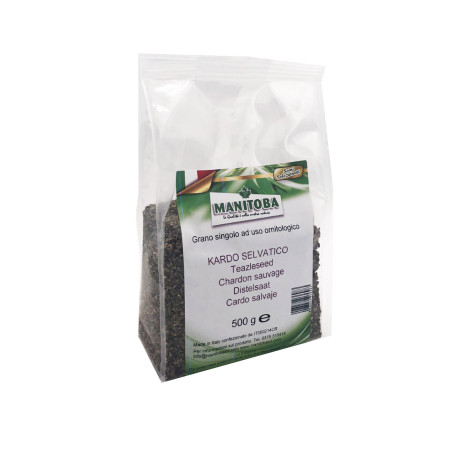





Reference: 3698/S
Please note that for orders shipped to countries outside of Europe, additional taxes, customs duties, and fees may apply upon arrival in the destination country.
These charges are the responsibility of the customer and are determined by the local customs authorities.
We recommend checking with your local customs office for more information on potential charges before placing your order.
Common names:
Cardère sauvage, Cabaret des oiseaux, Lavoir-de-Venus, Peigne-à-Loup [Fr], Grote kaardebol [Nl], Wilde Karde [De], Cardo dei lanaioli, Scardaccione selvatico [ Il], Cardencha, Cardo de cardador [Es].
Dipsacus fullonum Linnaeus, 1753
Common names:
Cardère sauvage, Cabaret des oiseaux, Lavoir-de-Venus, Peigne-à-Loup [Fr], Grote kaardebol [Nl], Wilde Karde [De], Cardo dei lanaioli, Scardaccione selvatico [ Il], Cardencha, Cardo de cardador [Es].
Etymology:
Dipsacus comes from the Greek διψαώ [dipsao], to be thirsty. The Romans called the plant "Lavacrum veneris", meaning the basin of Venus, because these leaves of the stem are joined at the base, forming rainwater harvesting cups surrounding the stem.
Carders get their name from the fact that spiny flower heads were used to comb wool fabrics, to "tease" the fibers before spinning them (from Old English teasan, which means to tease). The heads of Fuller's cardera (D. sativus) have curved spines; They were also used to lift the pile, or "nap" of fabric.
Length of flower head: 5 to 8 cm. Stem length: 50 – 150 cm.
Wild thistle is a tall, rather sculptural plant, with a deeply inclined and furrowed stem. The leaves at the base of this stem form a rosette, while those on the stem are arranged in pairs. The tube-shaped flowers are purplish-pink in color and are protected by spines.
Biology:
Wild thistle is a biennial plant that grows from a strong yellow taproot. The flowers are present from July to August and are pollinated by various bees and long-tongued flies. It is known to catch invertebrates in its water-filled leaf bases, but experimental tests of the reproductive benefits of this have been lacking. One study showed that adding dead Diptera larvae to the base of the leaves caused a 30% increase in seed formation and seed mass. This study provides the first empirical evidence of carnivorous reproductive benefit in Dipsacus fullonum.
Habitat: rugged meadows, hedgerows, thickets, roadsides and vacant lots.